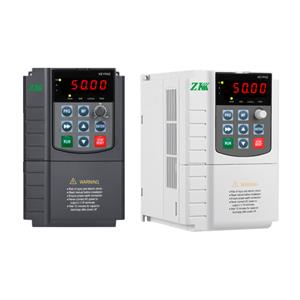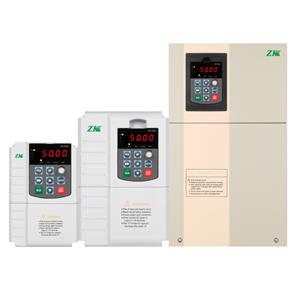What is RS-485 communication?
What is RS-485 communication?
RS-485 is part of the OSI model physical layer, electrical characteristics specified for 2-wire, half-duplex, multipoint communication standards, and so on.
485 connections are done using a cable with two or three wires: a data wire, a wire with inverted data, and usually a neutral wire (ground, 0 V). In this way, the transmitter and receiver exchange data via a twisted pair cable of 22 or 24 AWG solid wire. Basically, a signal is transmitted through two wires, and while one wire transmits the original signal, the other wire transmits its reverse copy. This transmission method provides high resistance to common-mode interference. The protocol is so difficult to understand that we can simply think of it as a pattern of language between machines. Just like you and I communicate with each other in English. It's just that 485 communication is faster and more accurate than ours.

What is the 485 communication protocol?
RS-485 communication protocol is a serial communication standard widely used in industrial automation and data acquisition systems, suitable for industrial application scenarios requiring long distance, multi-point communication and high anti-interference capability.
When the RS485 communication line is ready to run at the physical layer, it is time to consider the data transfer protocol - the protocol between system devices regarding the format of packet transmission. (In what language and how to communicate)
Due to the nature of the RS-485 interface, RS-485 devices cannot send and receive data at the same time, as this would lead to conflicts with the sender. Therefore, deterministic behavior is mandatory to avoid packet collisions. In the RS485 communication protocol, commands are sent by the node defined as the master station. All other nodes connected to the master station receive data through the RS485 port. Based on the message sent, zero or more nodes on the line respond to the master station. In fact, this agreement can be understood as the relationship between the general and the soldier, and the soldier needs to listen carefully when the general gives the soldier an order. After receiving the corresponding order, the soldier began to execute, and answered the general "Roger" and answered the implementation status. And the general can know the execution of each order based on the soldier's reply.
Why do we think 485 communication is more accurate?
What is the differential signal?
Common-Mode Transmission:

When common-mode transmission is used, common-mode noise will be superimposed on the final output signal, contaminating the original signal.
Differential-Mode Transmission:

When using the differential mode transmission method, the signal + sent by the source is opposite to the signal - phase, and for the common mode noise, the +/- two lines will exist, the ideal situation is equal amplitude in phase, and the receiver, equivalent to a subtracter, the useful signal is still retained by the subtracter due to the opposite phase, and the noise will be cancelled. In the actual circuit, it will be greatly weakened.
It can be seen that compared with common mode transmission, the advantage of differential mode transmission is that the differential mode can effectively cancel the common mode interference.
In the products of ZK Electric, 485 communication has been popularized in all series of products,
such as ZK SD600 Solar pump inverter, ZK SG320 Solar pump inverter, ZK SG600 Solar pump inverter, ZK Su100 Solar pump inverter, ZK200/ZK300 VFD inverter, etc.
Customers can meet various needs through its application. Through 485 communication to control, with strong anti-interference, data stability, accuracy and a series of advantages, can help users better achieve the control and use of equipment.




